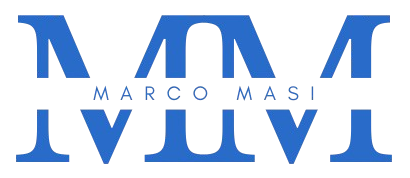
Pre-calculus Course
If you are well prepared with high school math you may eventually skip this course. In case you are acquainted with exponential or polynomial functions, logarithms, trigonometry, able to solve systems of linear equations, know how to handle graphs, vector calculus, and geometry, have a basic understanding of sequences, and series, etc., then that’s fine.
However, if your knowledge is not firmly grounded in these matters, then make yourself a favor! Take this course. Indeed, many begin to study math in college having already forgotten (or never learned) most of the high school basics. The net result is that the calculus course, despite furnishing the most fundamental mathematical tools for physics at an elementary level, already becomes a frustrating experience. Some students blame that professors who become guilty of not having explained clearly enough the subject. Learn to become aware of where your strengths and weaknesses are, otherwise don’t blame others for your own faults! So, a precalculus course has precisely this function. To make the calculus course less cryptic and a lot more ‘smoother’.
Proposed textbook for this course:
“Precalculus: Mathematics for Calculus”, by James Stewart, Lothar Redlin and Saleem Watson - Brooks Cole; 7 edition (January 1, 2015). About 930 pages.
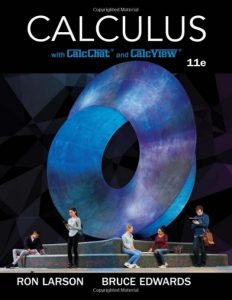
Calculus Course
Prerequisite: Pre-calculus
So, here one starts with the real mathematical stuff every professional physicist, with no exceptions, needs to know about. Differential and integral calculus, vector analysis, series, and an introduction to differential equations, just to mention some of the mathematical pillars of every serious physicist.
You will have to apply this almost everywhere. Differential equations tell us how particles move under the action of forces, or describe electromagnetic fields (e.g., Maxwell’s equations), planets move, elementary particles behave, etc. Vector analysis is ubiquitous in physics since lots of quantities are vectors (momenta, electric and magnetic fields, spin of particles, etc., since after all, we live in a 3D space (or 4D space-time). So, calculus stands to physics, as a highway stands to transportation means like cars. Contrary to what people might believe, math makes physics easier, not more complex!
Proposed textbook for this course:
“Calculus”, by Ron Larson and Bruce H. Edwards - Brooks Cole; 11 edition (January 1, 2017). About 1200 pages.
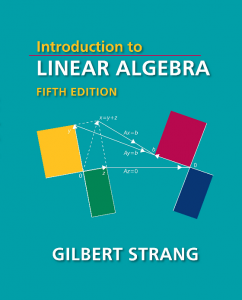
Linear Algebra Course
Prerequisite: Pre-Calculus
Linear algebra and geometry are the classics of mathematics everyone has to go through. It prepares the grounds especially for quantum mechanics (QM) but also a lot for classical mechanics where matrices, determinants, and solving for linear equations are quite often required.
Especially linear transformations, matrix operators, the eigenvalue, and eigenvector calculation introduce you to concepts without which, mathematically speaking, you won’t be able to do almost anything in QM.
Proposed textbook for this course:
“Introduction to Linear algebra”, by Gilbert Strang - Wellesley-Cambridge Press; 5 edition (11 Aug 2016). About 600 pages.
You might find it useful to complement this textbook with Strang’s online MIT course.
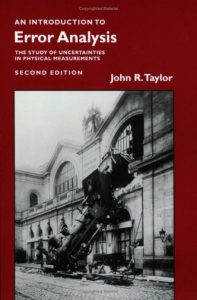
Error Analysis Course
Prerequisite: Calculus
Uncertainties and their propagation, normal distributions, weighted averages, least-Square fitting, Binomial and Poisson distribution will help you to understand how to treat uncertainty in physics. The world is not ideal as described by our ideal theories and principles.
Nevertheless, it is possible to treat it as such if you know how to deal with measurement errors, fluctuating data, and the need to know averages or orders of magnitudes of physical phenomena without the need to know exact numbers. Statistical concepts will also pave the way for the course in QM and of course for statistical physics.
Proposed textbook for this course:
“Introduction To Error Analysis: The Study of Uncertainties in Physical Measurements”, by John R. Taylor - University Science Books; 2nd ed. (14 July 1997). About 280 pages.
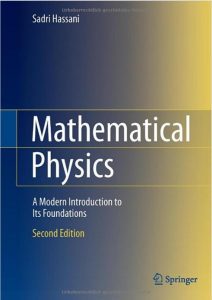
Mathematical methods of physics course
Prerequisite: Calculus and linear geometry
This is the true mathematical stuff theoretical physicists work with, and which might distinguish itself from what the conventional mathematician learns.
For example, operator algebra, Hilbert spaces, group theory and Lie groups, Fourier series and transforms are highly recommended before beginning a course in QM. If you have these basics already before going into QM, then you will be able to appreciate it to its fullest.
Complex analysis and second-order linear differential equations are something you might need from studying water waves to QFT.
Then, it was the lack of knowledge of things like differential geometry and tensor analysis that blocked Einstein for several years before being able to frame the theory of general relativity. These are beautiful mathematical tools, without which you won’t be able to go beyond special relativity.
Other topics, like instance calculus of variations, might help you to deepen the knowledge with more rigor classical mechanics and beyond.
Proposed textbook for this course:
Mathematical Physics: A Modern Introduction to Its Foundations, by Sadri Hassani - Springer; 2nd ed. 2013 edition (19 Aug 2013). About 1180 pages.
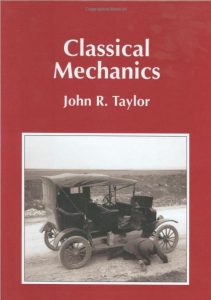
Course on classical mechanics
Prerequisites: Calculus and linear geometry (mathematical methods might help but not vital).
There is a quite widespread misunderstanding regarding classical Galilean and Newtonian physics, according to which it is all wrong and outdated since it has been replaced by QM and relativity.
Nothing is so far from the truth like that! Classical mechanics was and remains the number one bedrock of all physical science. One can’t even begin to reason in QM and relativity without relying heavily on classical concepts.
Newton’s laws, conservation principles, equations of motion, statics and dynamics, the physics of rigid bodies, and oscillations, are all chapters of classical physic that describe the physical world we are accustomed to extremely well. Calculus of variations, Euler-Lagrange’s equations, will prepare you to the one aspect of the formalism in QFT and the recent advancements in nonlinear mechanics and chaos theory, which are the proof that classical mechanics is alive and well.
This is the course that stands to physics as an engine stands to a car. You won’t be able to go far without that.
Proposed textbook for this course:
“Classical Mechanics”, by John R. Taylor - Univ Science Books; null edition (January 1, 2005). About 730 pages.

Course on Electrodynamics
Prerequisites: Calculus, linear geometry, classical mechanics (mathematical methods might help but not vital).
Classical electrodynamics is the continuation of classical mechanics applied to charged particles or bodies under the influence of electromagnetic (EM) force fields.
Electrostatics and magnetostatics, fields in matter, EM waves, radiation, and Maxwell’s equations, and many other aspects of the EM force are treated here in a classical, non-quantum manner and remain the pillars for every understanding of how this force act in our macro- as the microscopic world (as even atomic or nuclear structure) and led also to many practical applications like in electronics. Nature is not only mechanical but also electric, here you learn how to combine the two.
Proposed textbook for this course:
“Introduction to Electrodynamics” , by David J. Griffiths - Pearson; 4 edition (October 6, 2012). About 580 pages
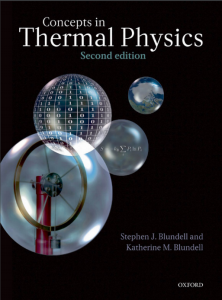
Course on Thermodynamics & Statistical Mechanics
Prerequisites: Calculus, linear geometry, classical mechanics, statistics, and error analysis. Electrodynamics and mathematical methods might be very helpful.
Special relativity and quantum physics will become essential in the last part when dealing with relativistic and quantum gases (dividing the course into two parts might therefore be an idea).
The good old science of thermodynamics and its development into its alter-ego, statistical physics, is something that pops up here and there in many and diverse chapters of physics, sometimes in unexpected vestiges’ (e.g. in black hole physics). It has also its classical as quantum counterpart. The laws of thermodynamics, the concept of heat, probability, temperature, and thermal equilibrium are conceptual foundations that acquire a more profound meaning in the kinetic theory of gases. Maxwell-Boltzmann distributions, entropy, information theory, and the ubiquitous partition function are necessary Also relativistic and quantum gases (especially the famous Bose-Einstein condensation) and non-equilibrium thermodynamics will introduce you to its more modern aspects.
Proposed textbook for this course:
“Concepts in Thermal Physics”, by Stephen J. Blundell and Katherine M. Blundell - Oxford University Press; 2 edition (November 30, 2009). About 460 pages.
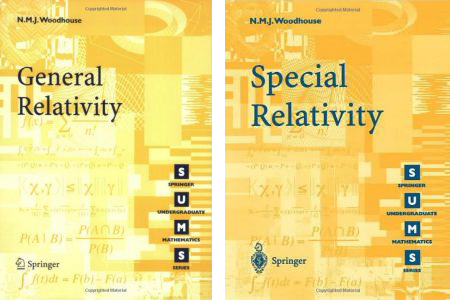
Course in Special and General Relativity
Prerequisites: Calculus, linear geometry, classical mechanics, Electrodynamics. Tensor calculus and differential geometry from mathematical methods.
Special relativity (SR) is an extension of classical mechanics and classical electrodynamics (not something which negates it, as unfortunately many tend to believe).
That’s why it could be a good idea to start from the classical concept of Galilean relativity and see how Einstein arrived from the propagation of light and Maxwell’s theory to his theoretical masterpiece.
With Lorentz transformations and relativistic electrodynamics one is introduced to the four-vector formalism and tensor algebra you will find all over the place in advanced theoretical physics.
It took Einstein 10 years to extend further SR to general relativity (GR). It is here where the scholar learns how physics and geometry meet together and reveal a wonderful scheme The energy-momentum tensor, geodesics, curved space-time, Einstein’s equations, are wonderful and powerful examples of that. Black holes, gravitational waves, cosmological models, are the logical consequence that modern science is still investigating today.
Proposed textbooks for this course:
“Special Relativity” by N. M. J. Woodhouse, Springer (April 2, 2007). About 190 pages.
“General Relativity”, by N. M. J. Woodhouse, Springer; 1st ed. (June 2, 2010). About 220 pages.
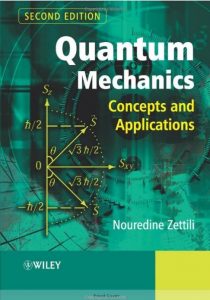
Course in Quantum Mechanics
Prerequisites: Calculus, linear geometry, classical mechanics, Electrodynamics. Most of mathematical methods (except tensor analysis and differential geometry). Thermodynamics and statistical physics helps.
Here begins the long journey into the weird quantum world. So many things have been said about QM, and so many tremendously misleading and not seldom completely false, that every serious inquirer who wants to avoid these misunderstandings must necessarily take this course and follow it step by step.
One begins from the historical origins, goes through the pedagogical introduction of the (overwhelmingly known) wave-particle duality and begins to learn how to tackle with the quantum world at the mathematical level (operator theory, group theory, symmetries, etc.) which are the necessary tools to treat physical quantities like the quantum angular momentum up to atomic physics and to tackle with problems as the square well potential up to perturbation and scattering theory
QM is not easy stuff and you will need dedication, patience and lots of time to grasp it. But the effort it is worth it!
Proposed textbooks for this course:
“Quantum Mechanics: Concepts and Applications”, by Nouredine Zettili - Wiley; 2 edition (February 24, 2009). About 660 pages.
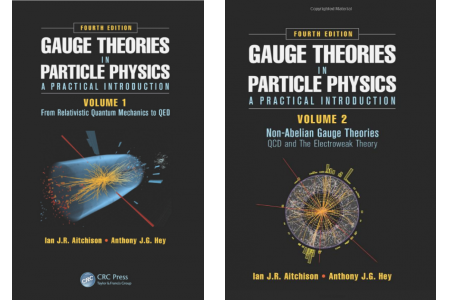
Course on Relativistic quantum mechanics and the standard model of particle physics
Prerequisites: all the above!
If you have gone through all the previous courses here you reach the top of the pyramid of the known and established theoretical physics, and which is summed up in the standard model of particle physics (SM).
It begins with a first attempt to reconcile SR with QM, i.e. relativistic quantum mechanics and Quantum electrodynamics (QED), where the EM field is treated inside a Gauge theory. Feynman rules and diagrams, perturbation theory, renormalization theory, and symmetries lead to quantum chromodynamics (QCD) which unifies EM with strong nuclear forces, and the Glashow-Salam-Weinberg theory and the Higgs boson furnish the remaining theoretical frame to include electroweak interactions.
That’s how far current physics is capable to say something for sure. If you want to go beyond, you will have to stand on the shoulders of the giants who built this colossal theoretical construct of the human mind.
Proposed textbooks for this course:
“Gauge Theories in Particle Physics: A Practical Introduction”, by Ian J.R. Aitchison and Anthony J.G. Hey - CRC Press; 4 edition (December 17, 2012) - 2 Volumes. About 960 pages.
